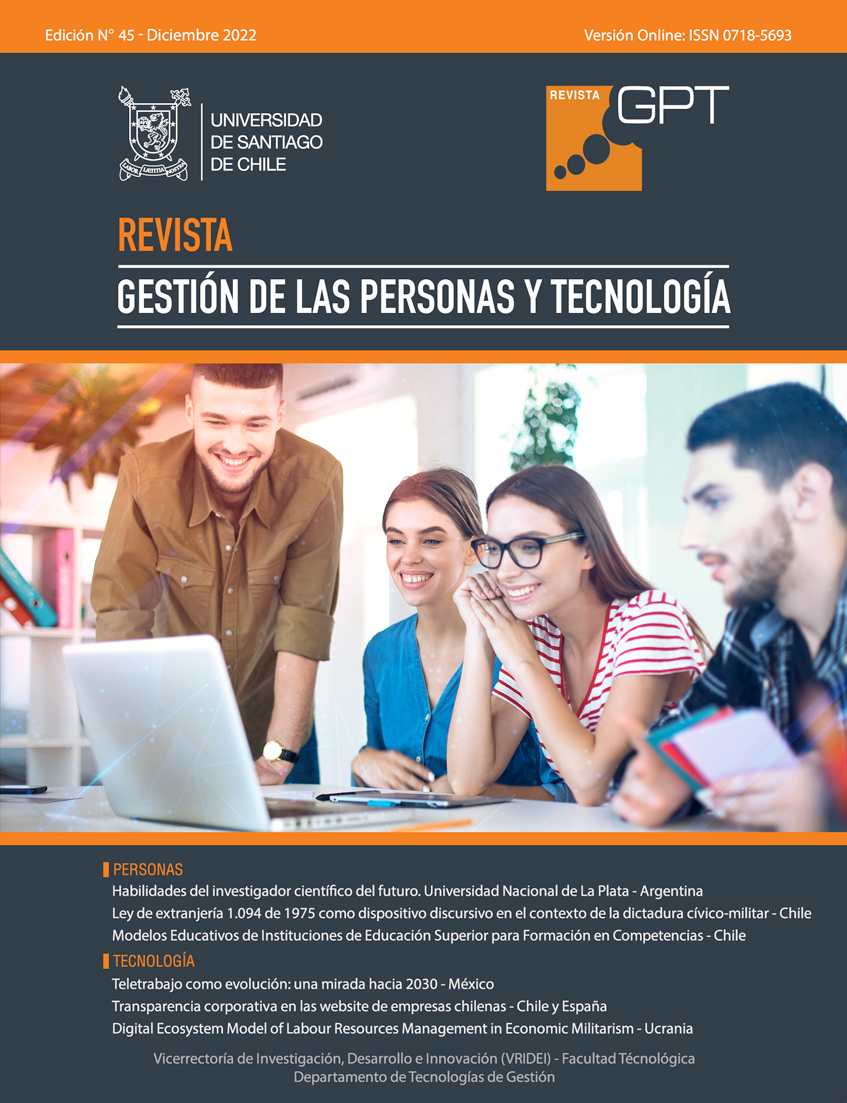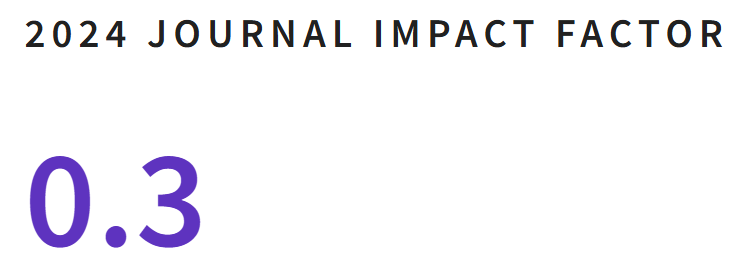Modelo de ecosistema digital de gestión de recursos laborales en el militarismo económico
DOI:
https://doi.org/10.35588/gpt.v14i45.5902Palabras clave:
recursos laborales, transformación digital, modelo de ecosistema empresarial, administración, plataforma digitalResumen
Este artículo tiene como propósito estudiar la gestión de recursos humanos en condiciones de incertidumbre, debido a las acciones militares actuales, en el mercado laboral de Ucrania, con el fin de desarrollar un modelo de plataforma en línea de recursos laborales para el gobierno de Ucrania, considerando el desarrollo de las tendencias del concepto "Human Cloud". En las actuales condiciones bélicas del país, la incertidumbre en el desarrollo de los sectores económicos (construcción, arquitectura, industria marítima, puertos, construcción naval, producción agrícola) y el fortalecimiento de la influencia de los factores negativos del entorno externo e interno sobre los recursos laborales, los peligros y amenazas en la gestión del sistema, son cada vez mayores, afectando negativamente la calidad de la toma de decisiones y la ejecución de proyectos. Para prevenir estos retrocesos en el contexto de una economía militar, se propone aplicar los principios del concepto de “Human Cloud”, en base a sus ventajas para lograr un equilibrio entre asegurar la capacidad de defensa del país y la estabilización económica. Para ello se propone un modelo de plataforma en línea basada en un enfoque ecosistémico. La construcción de plataformas en línea se basa en un modelo agregador (Aggregator Business Model) que no requiere coordinación y proporciona infraestructura para proyectos que consiste en una gran cantidad de microtareas. Se ha comprobado que en el contexto de las operaciones militares es necesario desarrollar tecnologías digitales transformadoras, reformar los procesos institucionales y conectar la fuerza laboral en una sola “nube” para realizar tareas en entornos operativos cada vez más complejos.










